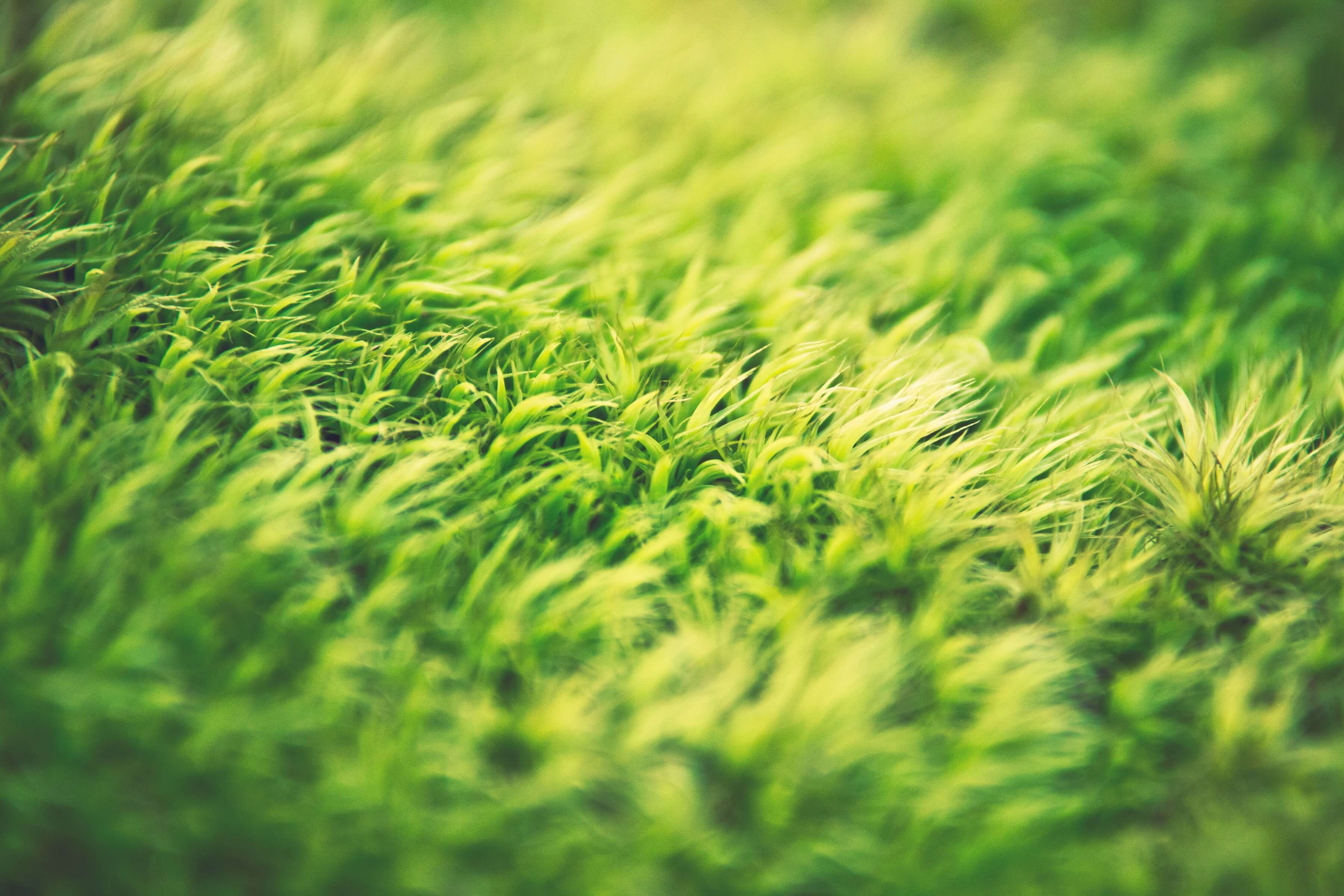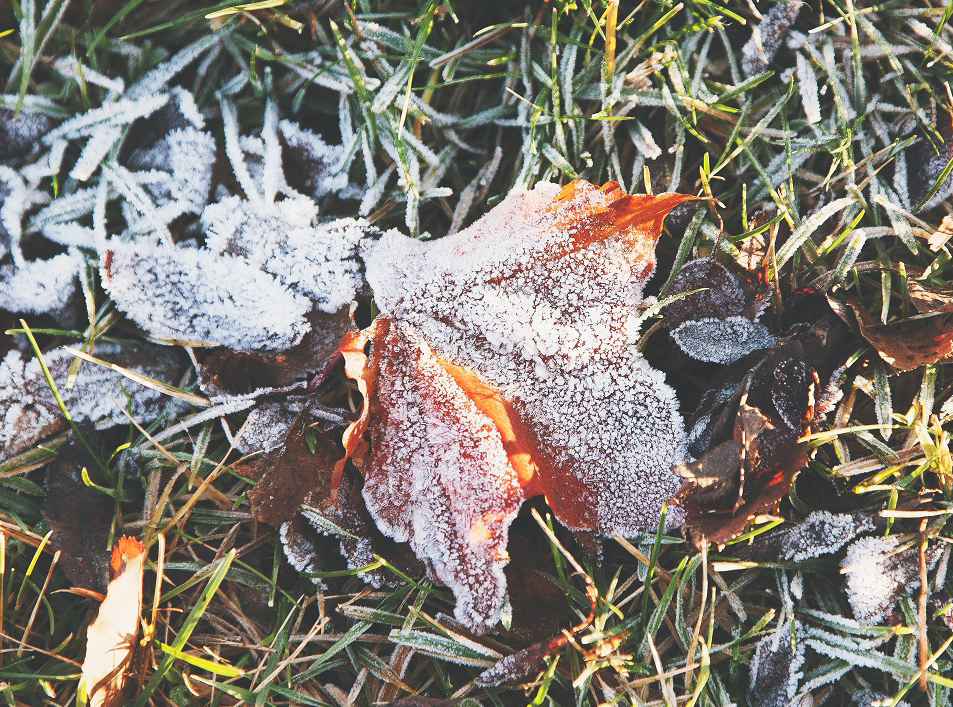
4 Great Tips for Proper Lawn Maintenance
You know you haven’t paid much attention to your lawn when you see your neighbor’s healthy, shiny grass that looks like a green carpet. Then you start wondering where did you go wrong and why your lawn doesn’t look like that, while it’s rather simple – you haven’t been maintaining your lawn properly or not maintaining it at all.
With the temperature rising and the sun sticking around longer in spring, your lawn is actively growing and starts requiring a lot more care than in any other season. Lawn maintenance may not be the most attractive activity you can do on a sunny day, but it is a must for those of you who want to do their part in turning your neighborhood into the Shire. You don’t need a green thumb to keep all things in your garden neat, but you surely need the stubbornness, the will and the wisdom of Bilbo Baggins. I can help you with the latter by providing you 4 great tips on how to properly maintain your lawn. So let’s get started.
Read some of our other articles about landscaping & lawn maintenance tips:
I Like to Mow it, Mow it! Yall Like to… MOW IT!
As moving is vital for our optimal health, mowing is the key to good-looking and healthy lawn. Just because it is simple, many gardeners underestimate the importance of mowing. Mowing incorrectly, not mowing regularly and mowing too often are common mistakes. To get your lawn healthy and attractive, first you will need to find out how often should you mow it. Next, do a little research to find out the right height at each season, which heavily depends on your grass type. Also, make sure your mower blade is sharp, because otherwise, you may tear the grass, not cut it, and make it more prone to diseases. The height of cut is also very important and it varies depending on few factors: grass type, time of year and weather conditions.
Water Your Lawn the Right Way
Another essential factor in growing a healthy and gorgeous lawn is proper watering. It is yet another obvious tip, especially for experienced gardeners, but its importance goes beyond their pride. By proper watering, you will not only benefit your grass, but you will also save yourself some time and some cash. If you feed and mow your grass properly, you will water it less, as it is much more likely to have strong deep roots that can find water better. Also, grass doesn’t need a lot of water, as it takes advantage of rains. When Mother Nature doesn’t provide enough rain, however, just wait for your grass to dull in color. Make sure you water early in the morning when the sun is not so hot and cannot cause water loses to evaporation. If you’re not a morning person, find a water timer at your local store or online and set it to water your grass automatically at the best time in the morning. Convenience at its finest!
Check and Adjust Your Soil pH for Healthy Grass
Lawn maintenance does not only include taking care of the grass, but of the soil too. Soil pH affects the availability of nutrients to your grass. Your grass heavily depends on the soil acidity level (pH), which is why you must check it regularly and adjust it accordingly as well. One common mistake is assuming that the soil has the right pH just by looking black and rich. To check your soil pH, take an example from your garden and take it to your local extension service for testing. If the testing discovers too much acidity, add lime to increase alkalinity and reach the ideal pH for lawn, which ranges from 6.0 to 7.2. If the testing finds too much alkalinity, then add sulfur to increase the acidity and so adjust the pH according to the target. After 3 months, take an example for testing again to check if your soil needs to be treated once again.
Aerate Your Lawn Annually
Aerating is also important, as it is the most efficient way to refresh your grass when it gets too compacted. Over time, the soil becomes compacted and so reduces the air holes in it, which are the only way the roots of your grass can get nutrients and water. Needless to say, this can affect your lawn’s health, so it must be prevented. There are many ways you can aerate your lawn, but the very essence is to poke holes in your lawn and let the air do the job. But before you start poking holes, make sure the soil has enough moist. Growing season is the best time for aeration, because it’s when the grass can heal best and fill in those open areas quickly.
We do not claim that these 4 tips will allow you to make your garden look like it belongs in the Shire, but if you want to achieve something like that, they can surely give you a great start!
Allow our professional teams take care of your lawn and make it look green and shiny like you’ve always wanted. Use our preseason discount – 20% OFF first month on any weekly lawn maintenance service. Claim offer here!

